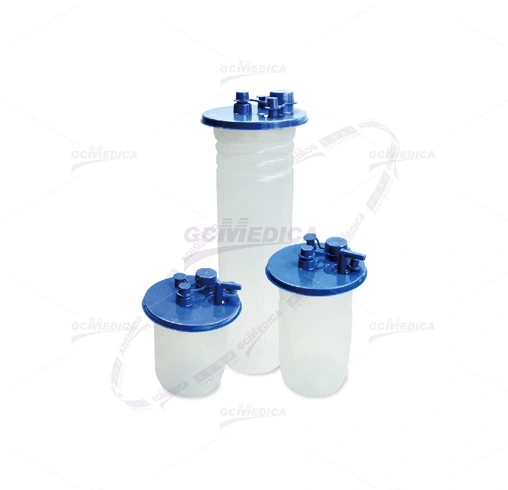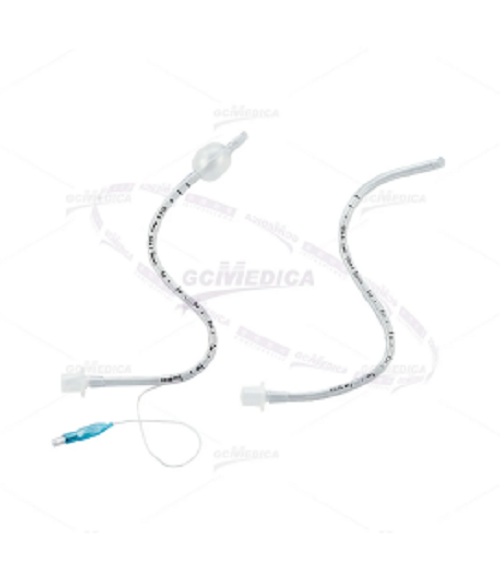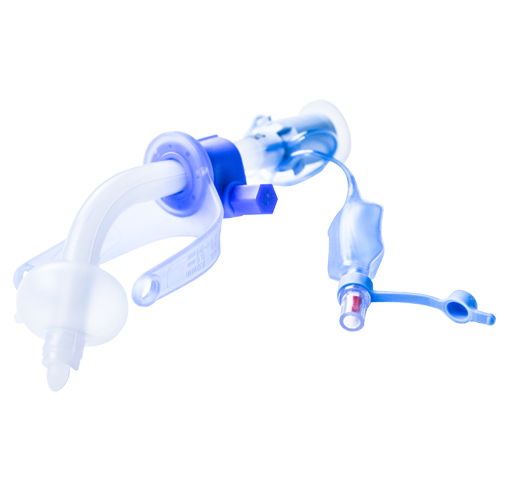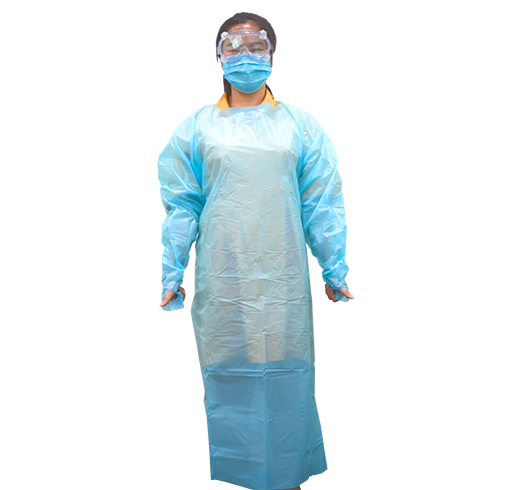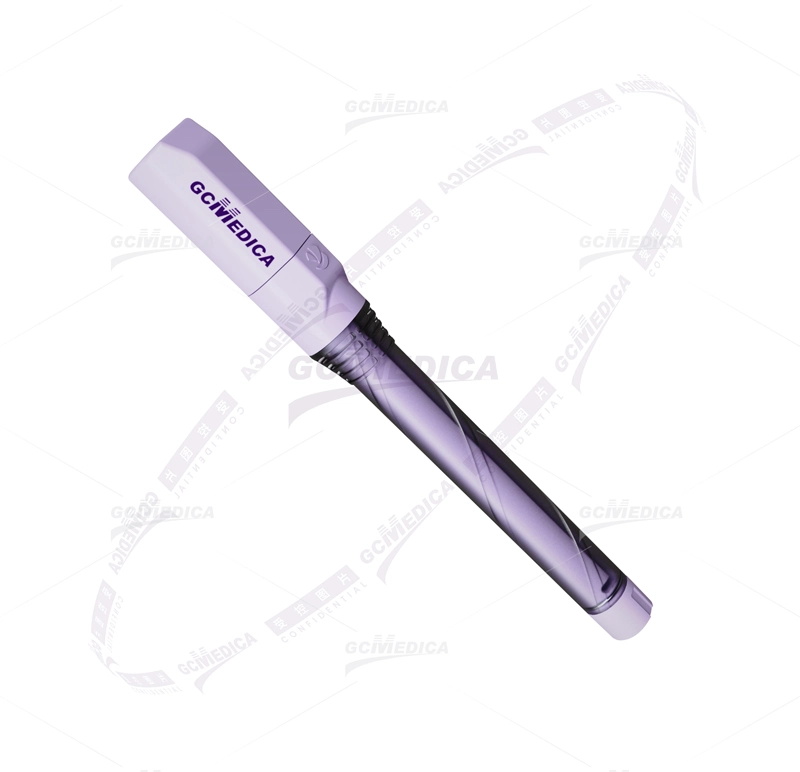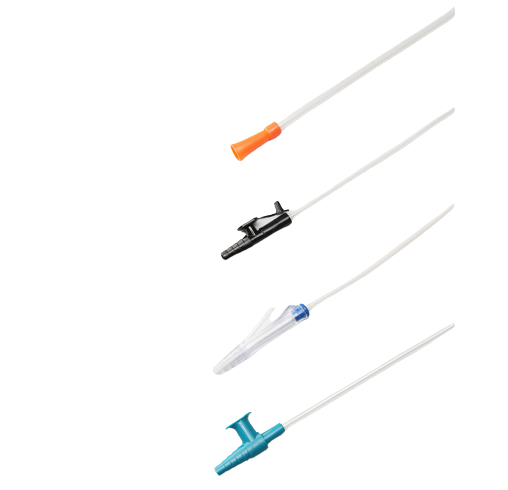Suction Canister Soft Liner


Enhancing Safety and Efficiency with Suction Canister Soft Liners in Healthcare Settings
In healthcare settings, the proper collection and disposal of bodily fluids and aspiration waste are of utmost importance. Suction canister liners play a crucial role in this process, offering a range of features designed to enhance clinician safety and streamline waste management. This article will explore the outstanding features of suction canister soft liners, highlight the benefits of choosing GC medica liners, provide a comprehensive guide for their effective use, and address frequently asked questions regarding their usage.
Features of Suction Canister Soft Liners
Suction canister liners are an integral part of a complete fluid management system. These liners are made of soft plastic and are designed to fit into reusable canisters. By utilizing soft liners, healthcare facilities can reduce plastic waste in landfills and achieve greater cost savings. The liners are available in three convenient sizes - 1,000cc, 1,500cc, and 3,000cc - catering to different clinical needs. Additionally, they are latex-free, ensuring compatibility with a wide range of patients.
Why Choose GCmedica Suction Canister Soft Liners
GCmedica suction canisters and liners offer several advantages over traditional rigid canisters. They are up to 50% lighter, making them easier to handle and transport. The floating shut-off valve and bacterial filter provide an additional layer of protection, reducing the risk of blood splash and cross-contamination. The liners are made from robust materials, ensuring strength and minimizing product leakage. Furthermore, the lid is attached to the liner, eliminating the need for extra set-up steps and offering extra assurance of safety for doctors.
Comprehensive Guide for Using Suction Canister Liners in Healthcare Environments
To ensure the effective and safe use of disposable suction canister liners, healthcare professionals should follow these guidelines:
1. Selection: Choose the appropriate liner size based on the canister’s capacity and specific needs, such as fluid volume and type.
2. Correct Placement: Gently install the liner into the canister, ensuring it is firmly seated to prevent misalignment and potential spills.
3. Usage Monitoring: Regularly monitor the fill level of the liner and ensure the shut-off valve functions properly to avoid overfilling.
4. Disposal Protocols: Dispose of liners according to medical waste regulations. Seal the liner securely and handle it with care to prevent contamination.
5. PPE Usage: Always wear personal protective equipment (PPE), including gloves and masks, when handling suction canister liners to protect against potential hazards.
6. Regular Checks: Inspect liners for integrity and replace them at the first sign of wear or damage to maintain optimal performance and safety.
Frequently Asked Questions (FAQ)
Q1: How often should suction liner canister be changed? Suction canister liners should be changed after each patient use or when they reach the indicated maximum capacity. Regular replacement is crucial to prevent overflow and maintain hygiene. In high-volume situations, such as surgeries, more frequent changes may be necessary. It is essential to follow the specific guidelines of the healthcare facility and manufacturer recommendations. Proper disposal of these liners is critical for infection control and ensuring a safe environment for both patients and healthcare workers.
Q2: What is the purpose of a suction liner? The purpose of a liner suction is to collect bodily fluids, surgical aspirates, and other medical waste in a safe and hygienic manner. These liners act as disposable, leak-proof barriers inside reusable suction canisters, preventing contamination of the canister and the vacuum system. By using suction liners, healthcare facilities can efficiently manage waste, reduce the risk of cross-contamination, and ensure compliance with health and safety standards. They are an integral part of infection control protocols in medical settings.
Q3: Can you reuse a suction canister? While suction canisters are often reusable, the liners themselves are strictly single-use. Canisters can be cleaned and disinfected for reuse, following stringent sterilization protocols to prevent the spread of infections. However, disposable liners must be replaced after each use to maintain the highest standards of hygiene and patient safety. Reusing liners would compromise their integrity, potentially leading to leaks, contamination, and an increased risk of infection transmission.
Q4: What are the two types of suction canisters? The two main types of suction canisters are reusable and disposable. Reusable canisters are typically made of durable materials like hard plastic or glass and require regular cleaning and disinfection. They are used in conjunction with disposable suction liners to ensure hygiene. Disposable canisters, on the other hand, are designed for single-use and are discarded after each use. The choice between the two depends on the healthcare facility’s policies, volume of use, and considerations of cost, convenience, and environmental impact.
Другие товары поставщика
|
|
Nasal Preformed Endotracheal Tube |
Features of Nasal Preformed Endotracheal Tube
Preformed tubekinking.
The nasal preformed tracheal tubeover patients forehead, reducing pressure o... |
|
|
Adjustable Tracheostomy Tube |
Adjustable Tracheostomy Tube
In 2002, GCmedica registered in Chinese FDA and got the permission and certificate to produce disposable medical dev... |
|
|
CPE Apron |
Features of CPE Apron
Made from comfortable and breathable material
Classic tie waist, hook and loop neck, and elastic cuffs
Help save time, whi... |
|
|
Reinforced Endotracheal Tube |
Reinforced Endotracheal Tube
Features of Reinforced Endotracheal Tube
A soft, flexible PVC tube with spiral-wound reinforcing wire is designed ... |
|
|
Urology |
Innovative Urological Solutions: GCMEDICA’s Advanced Catheter and Urinary Collection Systems
In the realm of urological care, the need for... |
Все товары поставщика
Похожие товары









